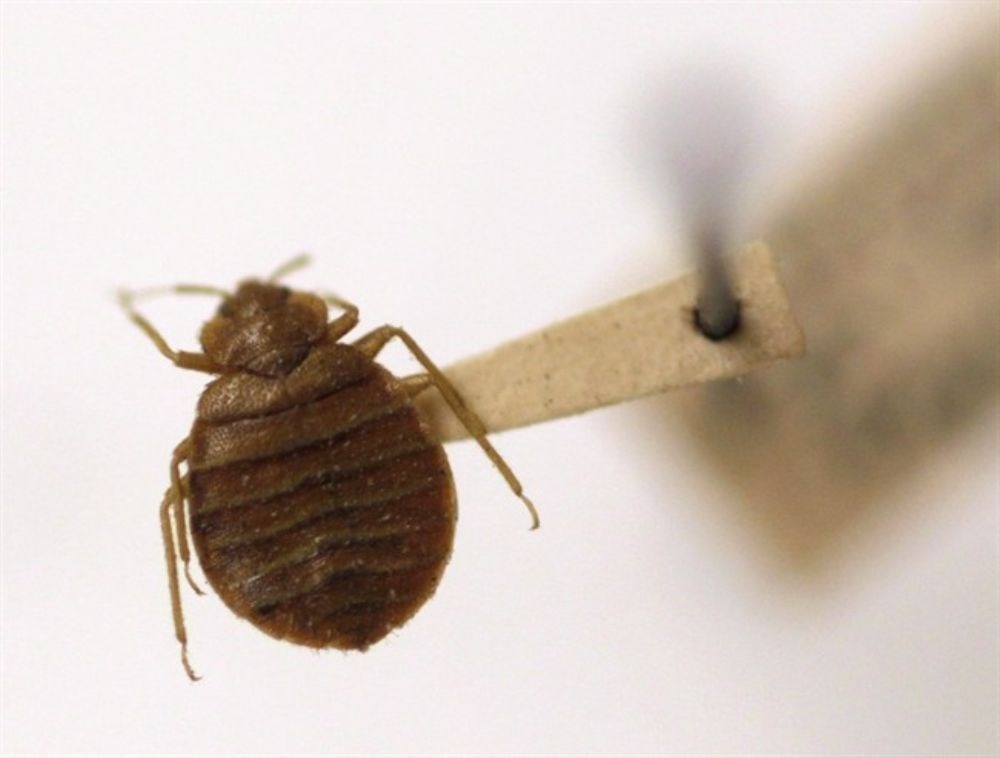Insects make up most of the organisms in the world. Research suggests that their numbers are decreasing and that many species have become extinct. However, monitoring insect ecosystems is difficult because current methods are labor intensive and inefficient.
Thanks to advances in AI, entomologists are now using deep learning models to classify insects. Convolution Neural Networks (CNNs) offer great potential for the automatic detection and classification of insects from videos and even time-lapse images.
Image collection has become easy even with advanced sensors. Microcomputers then use advanced processors for real-time object-based recognition. Radar sensors also make it possible to study insects on a large scale.
Here we take a look at recent research to examine how sensors and deep learning techniques can be used to move the needle in entomology research.
Applications
The information captured by various sensors can be analyzed using various deep learning methods in order to break down the data into biologically relevant information.
Image-based surveillance can map the biodiversity of insects to identify the species that are threatened with extinction and develop solutions to save them from extinction. Combining image data with acoustic data could help distinguish insects that are harder to spot. You can even analyze insect movement data in microclimatic variations to draw the species’ thermal performance curves.
The interaction of the species between insects and flowers is crucial for the functioning of the ecosystem. Tracking such interactions across seasons or multi-year periods is difficult because they occur at lightning speed. For this purpose, time-lapse data can be used to analyze spatial and seasonal data.
Taxonomic identification is one of the main uses in entomology. Deep learning models for identifying insects have achieved an excellent level of accuracy. For further classification, the gradient-weighted class activation map can even visualize morphological features of the insect.
Deep learning models can potentially predict the biomass of bulk insect samples in a laboratory setting using geometric features of the sample extracted from images. Obtaining sample-specific biomass information from bulk samples provides essential insights into insect populations and community dynamics.
Mastering challenges
One of the biggest challenges in monitoring insects is capturing them in their random habitats under different lighting conditions. Image processing depends on accurate initial recognition of the object being tracked, excellent visual distinction between multiple objects being tracked, and smooth movement.
Insects usually look alike and often hide, making surveillance difficult. Insufficient learning parameters for the deep learning models and the fact that they can only be performed with low-resolution models exacerbate the problems. However, the use of non-linear models or compact / compressed learning models can help overcome this problem.
While image-based classification can be achieved with high accuracy and speed using deep learning algorithms, these models are based on large amounts of training data sets. This poses a problem for taxonomic identification of insects because the datasets have a high imbalance as the images of the rarest species may not be enough to train a neural network. However, entomologists use class resampling (undersampling the larger classes or oversampling the smaller classes) as a solution.
Another roadblock is the type for which no image data is available. Such rare species can be detected using either a discriminative or a generative approach using open-set detection methods. Discriminative models use deep learning to identify outliers, while generative models provide either positive or negative training patterns.
See also

With so many classifications, insect records have a fine grain distribution. This makes identification difficult because the phenotypic differences between the species are so small and the intra-specific variations are large. Image-based deep learning models can be combined with DNA barcode techniques to better classify insects and address these challenges. This can be helpful both in assigning sequences to individual samples and in providing biomass estimates.
It is difficult to capture rare samples as they only appear for microseconds in the time-lapse images. One study suggests using deep learning to identify all flying insect species under a class as a solution. Then entomologists can use manual feature extraction, a machine learning technique that requires less training data than CNNs to perform fine-grained classification.
Go forward
While there are workarounds for various limitations in using deep learning to study insect ecology and monitoring, the field is still in its infancy.
Independent data for insect DNA should be collected by using traces of insects left on flowers or other entities, or by capturing insects that are visible to the camera. This can help validate image-based results that could not clearly identify insects, while also complimenting training data.
The researchers use automated imaging equipment to generate large sets of training data, which enables insects to be imaged in large numbers in a fixed environment. To capture them under a variety of conditions and avoid creating biased records with individual backgrounds, techniques such as multitasking learning and style transferring can be used.
It is very important to update insect records and make them publicly available for training with the right hardware infrastructure, metadata and classification to broaden the scope. Extensive coordinated efforts to promote open access for these data sets are the order of the day.
Subscribe to our newsletter
Get the latest updates and relevant offers by sharing your email address.

Kashyap Raibagi
Kashyap currently works as a tech journalist at Analytics India Magazine (AIM). Contact us at kashyap.raibagi@analyticsindiamag.com









